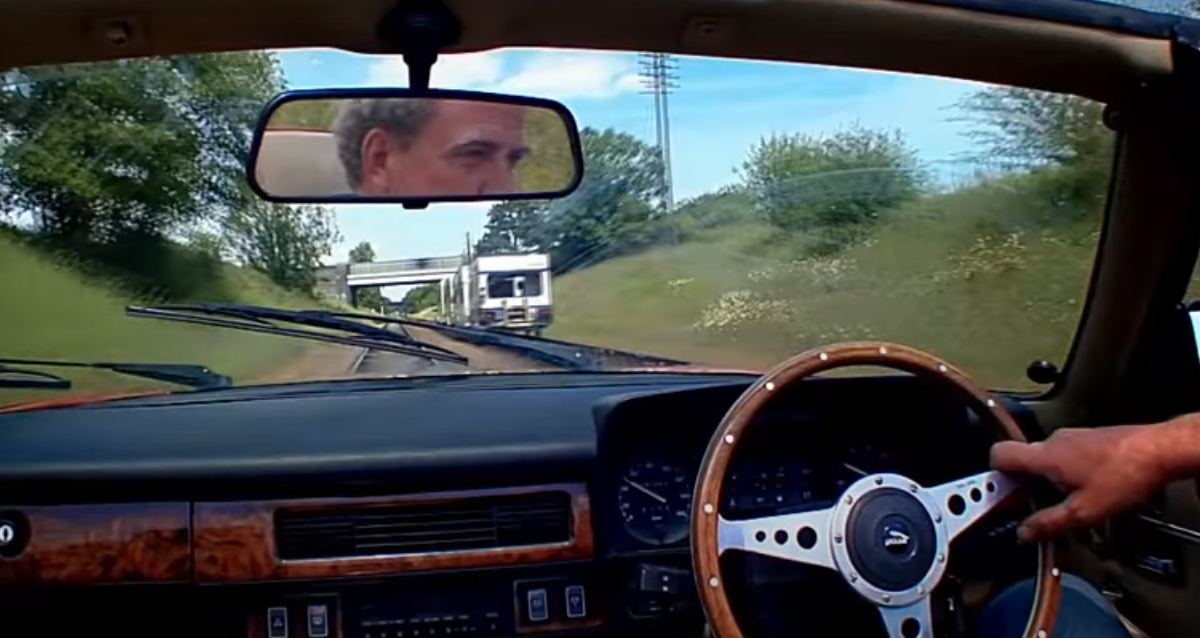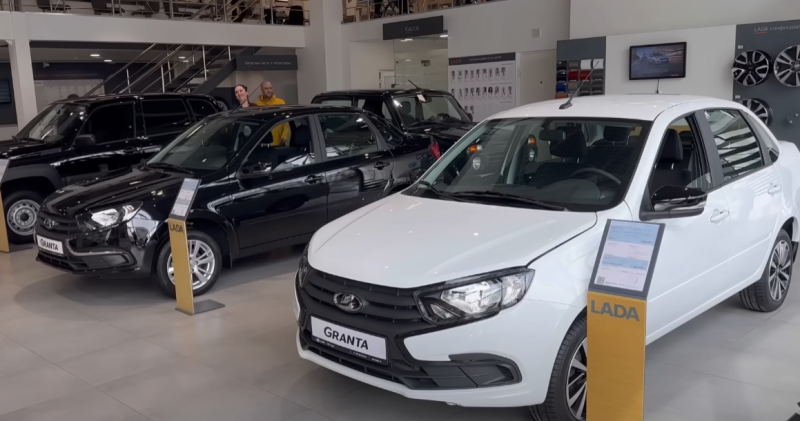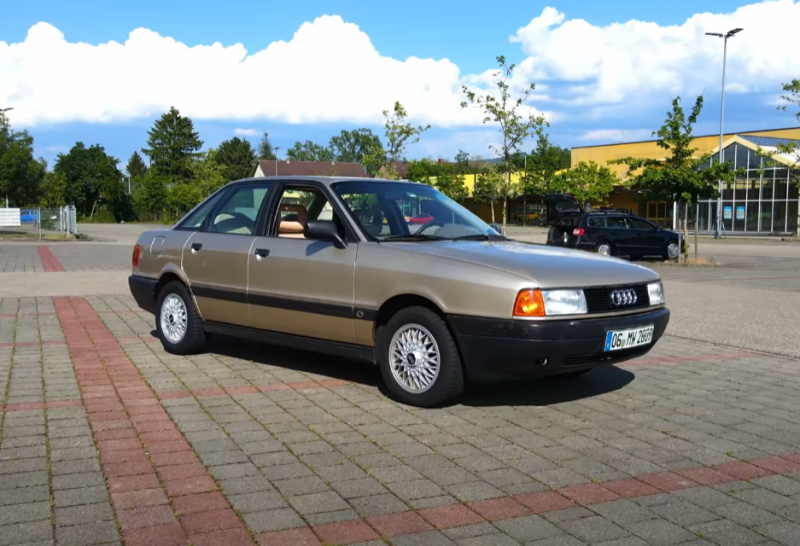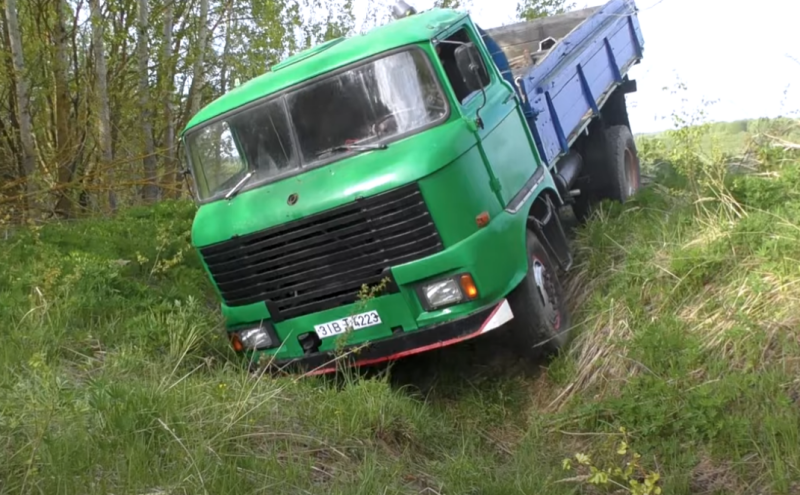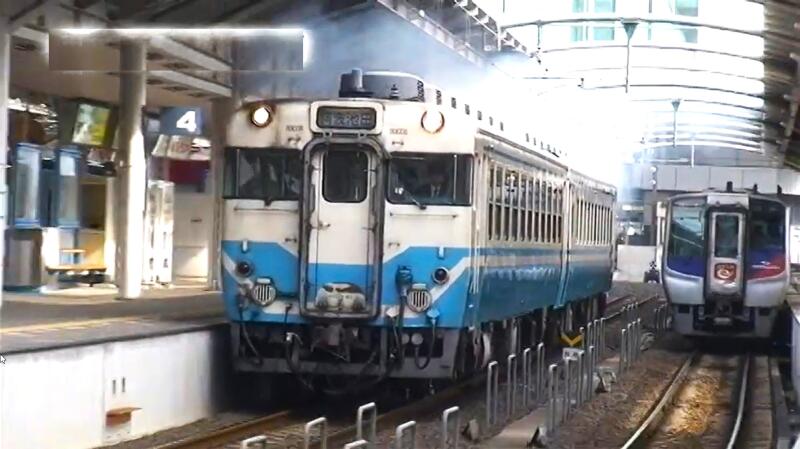Hand rails
Many have seen them in old films: when two people pump a "handle" on a cart that moves forward along the rails. It is believed that the first railcar appeared in 1817. As for the name, there are two versions. The first is a banal translation from English, which means "trolley". The second claims that the name is associated with the inventor of the vehicle, Karl Drez. He presented to the public a two-wheeled scooter, which someone later guessed to put on rails.
Already in 1839, the trolley took on the shape of a vehicle, which is shown in films. By design, this is a trolley driven by two workers. A good railcar carried 650 kg of cargo, and its speed reached 30 km / h - and this is only on the rise! Later they began to use steam carts, which also developed 70 km / h. The most common were considered two options for railcars:
- ✅ in France and some European countries, four-wheeled carts with a small mass were used - if necessary, it could be removed from the tracks by one person
- ✅ in America, two-wheeled structures moving along one of the rails became widespread
- ✅ occasionally on both continents there were three-wheeled models made on the basis of a frame with a cut
Later, they began to forget about handcarts: today it is almost impossible to meet them, because they began to use motorized tires equipped with an internal combustion engine - a diesel engine. But they also gave way to more advanced official railway transport.
Railcars
They differ from motorized carts in that they have greater power, carrying capacity, and such a “thing” cannot be removed from the rail just like that. In fact, a railcar is a specialized type of transport that could be equipped, for example, with a crane. In the Soviet Union, and later the Russian Federation, several models were produced in different years:
- ✅ AG - self-propelled carts produced in 1934-1940 (126 pieces in total)
- ✅ AGM - manufactured from 1945 to 1948 (350 cars)
- ✅ DM - produced from 1953 to 1976 ("circulation" - 250 units)
- ✅ DGKu - years of production from 1963 to 1989 (1600 pieces)
- ✅ AGMS - built in 1970-1999 (1007 units)
- ✅ ALg - made from 1986 to 1987 (192 cars)
Some of them are still used today, mainly for the repair and modernization of railways.
Motor locomotives and railcars
These two concepts overlap. The differences are very arbitrary. It is generally accepted that locomotives are railway equipment specially equipped for track repair and inspection. These are self-propelled installations, usually with a “body” equipped with a crane-manipulator, various devices and devices for checking the condition of rails and sleepers.
locomotives
Quite a lot of them were produced: they mainly transported goods over relatively short distances. For example, they removed cut wood. In the USSR, the first models appeared in 1933 (MUG-2). Of the modern machines, two are worth noting.
MTK-1
Produced at the Kambarsky plant from 2012 to 2015. The model is specially designed for use in the subway. The locomotive transports rails, tools, and other goods, has its own winch and auxiliary engines. The transport is equipped with video cameras, a self-diagnostic system works, even a “black box” is provided.
MPT-4
It is distinguished by its mass character: in total, from 1985 to 2012, the Tikhoretsk plant produced 1492 units of equipment. The locomotive is intended for construction or repair work. Equipped with a crane, has a generator set that generates 220 and (or) 380 volts to power the equipment with compressed air (at a pressure of no more than 8 atmospheres). It can also be used as a shunting locomotive, which is facilitated by the relatively powerful YaMZ-238 diesel engine, which develops 300 hp. With.
Railcars
They are more reminiscent of self-propelled cars and are most often used to transport numerous workers (teams), for example, in the event of accidents, natural disasters, man-made disasters, etc. Previously, models AC1, AC1A, as well as AC1 and AC2 were used from railcars. But today they are outdated and they have been replaced by new developments - in particular, the AS-01 railcar.
This is a two-level vehicle on rails, driven by a diesel engine. On the ground floor there is an engine room, traction equipment, a cabinet for storing tools and accessories. On the second floor there are workers - a repair team. There is a special room for rest, drying clothes, a kitchen and a bathroom. Main parameters of AS-01:
- ✅ design - a pair of two-axle bogies
- ✅ transmission - electric (energy from diesel is transferred to DC motors)
- ✅ maximum speed - 130 km / h
The railcar is successfully operated today, helping in the repair, construction of communication lines, as well as in case of emergency for the transportation of crews.
Auto on rails (locomobiles)
Wheeled vehicles with internal combustion engines appeared 70 years later than steam locomotives. And almost immediately, designers, inventors began to install them on rails. All the leading automakers of the world were engaged in similar experiments. For example, Mercedes-Bentz (the truck model on rails was L4500S). This idea was also studied in the Russian Empire, later the USSR. True, in the country the experiments were of a military nature: first, military vehicles on rails were built, then armored trains. And after the war, in the 50s, even the BTR-152 was built.
The Americans found a "peaceful" application of the idea of a car on rails. In 1952, Crane Carrier Corp developed a crane capable of moving both on railroad tracks and on highways. This type of special equipment was used to eliminate the consequences of train wrecks and accidents. The crane was a 4-axle chassis with a pair of carts, which, when moving along an asphalt road, "hid" under the cab.
Today
When developing a locomobile, one of two options is followed. In the first case, the wheels are “customized” under the rails, as is done in the movie “Back to the Future” with a DeLorean car. The second option involves leaving the standard wheels alone and adding guide rollers, like the cars, only smaller. Such vehicles are sometimes referred to as "rail cars".
The question arises: why do we need such a transport? The answer is simple - it was used, for example, for trips of inspectors, transportation of work teams to the place of logging, or for other purposes. It is economically unprofitable to drive an electric locomotive or even a railcar for such trips, and an ordinary car will not go where it should: often, there were no other roads to the logging site except for the railway tracks. GAZ-51, Zil-130, "Loaf", "Urals" and many other car models were put on the rails. You can also ride the railroad with ordinary cars, if you use a special device.
 Employees of the Ministry of Transport of the Russian Federation go to the inspection. Photo: YouTube. com
Employees of the Ministry of Transport of the Russian Federation go to the inspection. Photo: YouTube. comIn addition to them, railway tracks are “willingly” used by special equipment - fire engines, cranes, excavators. The only limitation for universal transport is the inability to use it on extremely hot days: the rubber will melt on contact with a heated metal rail.
